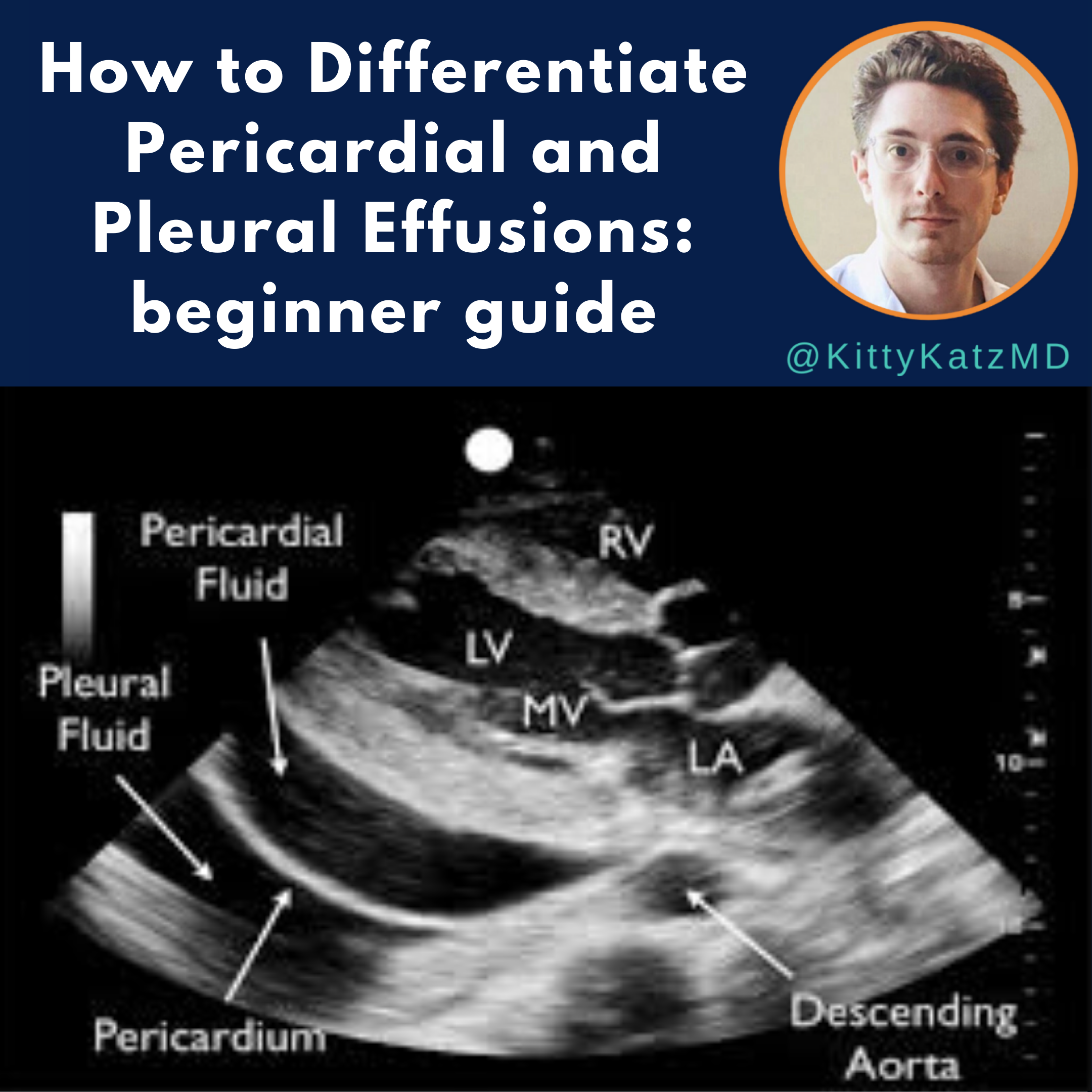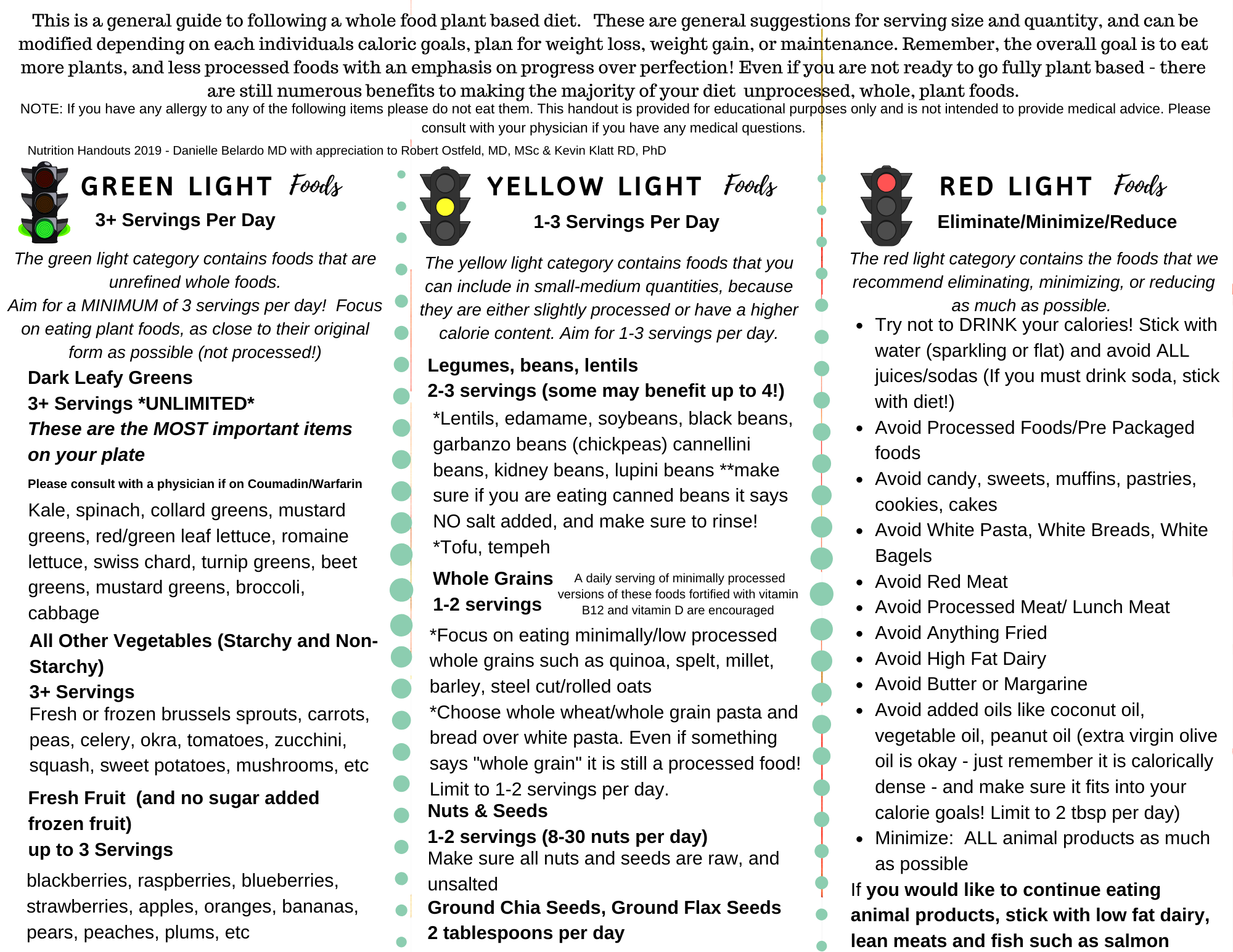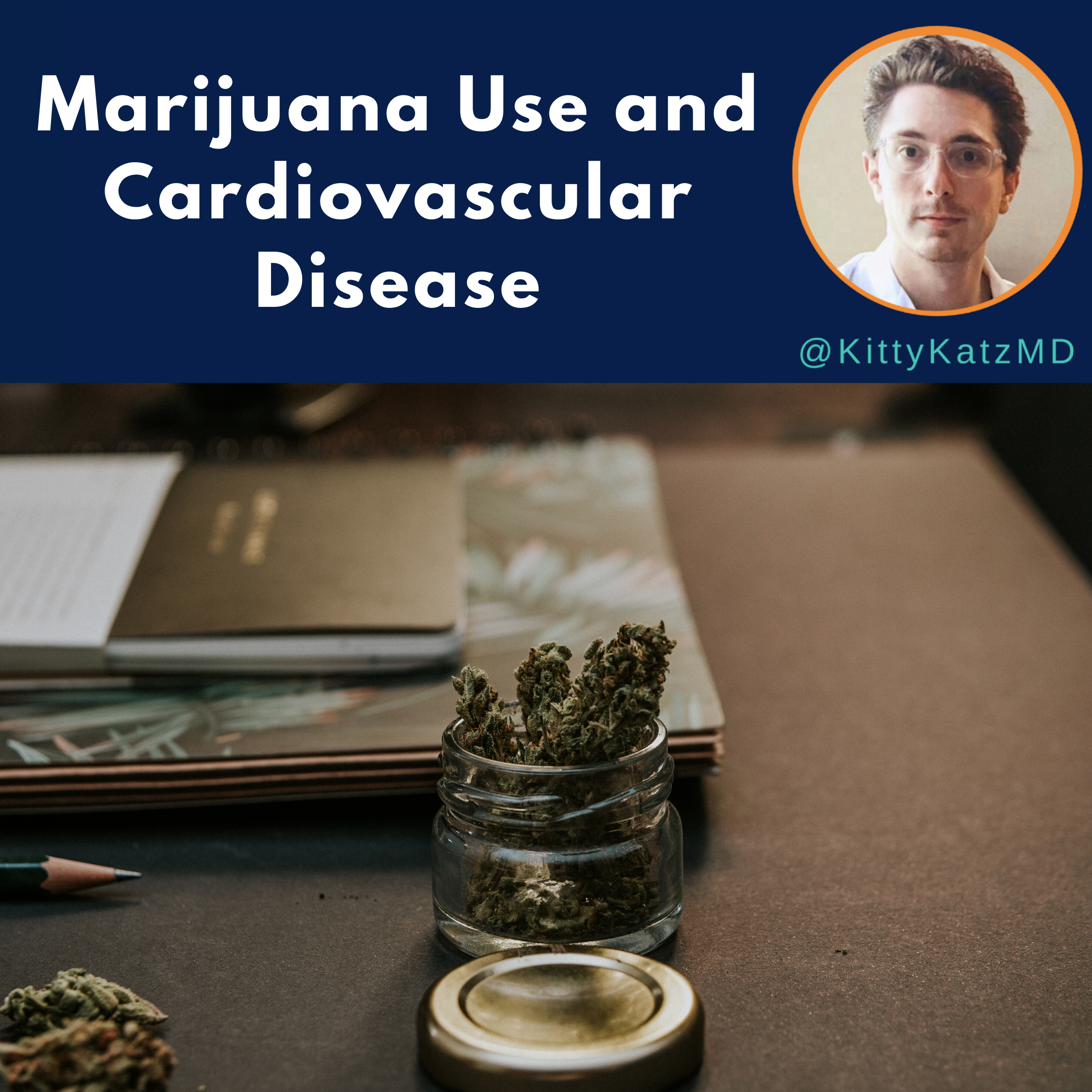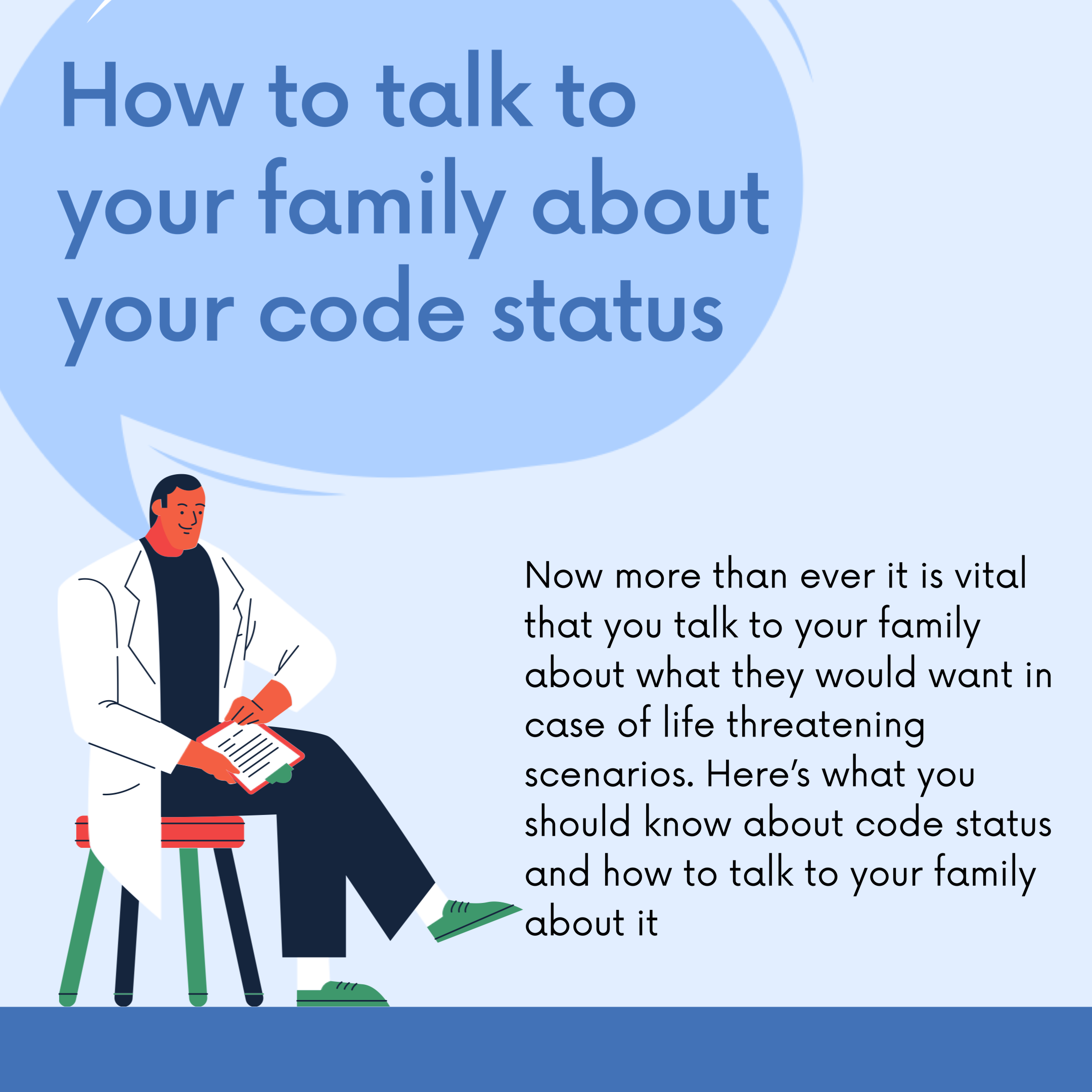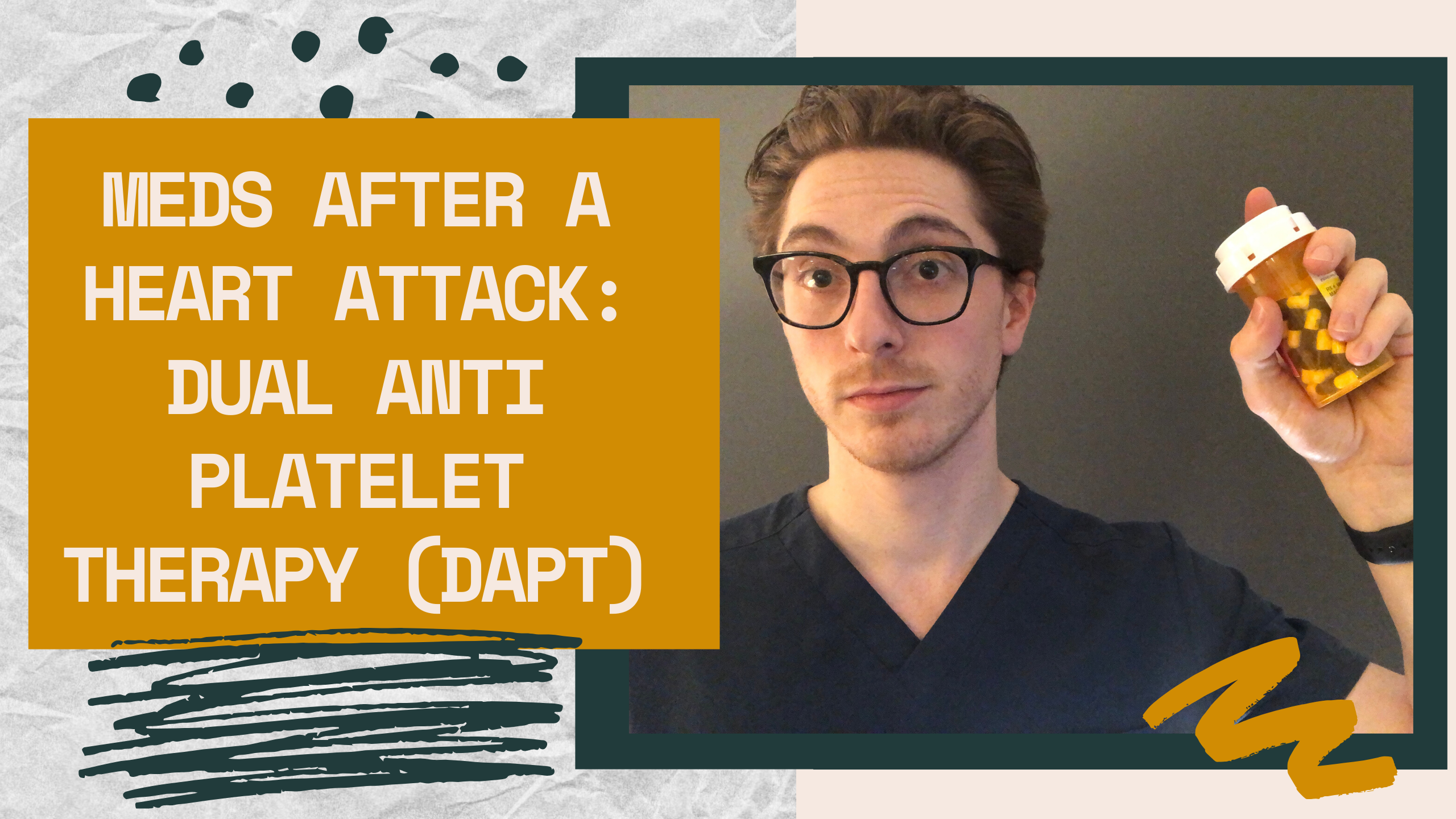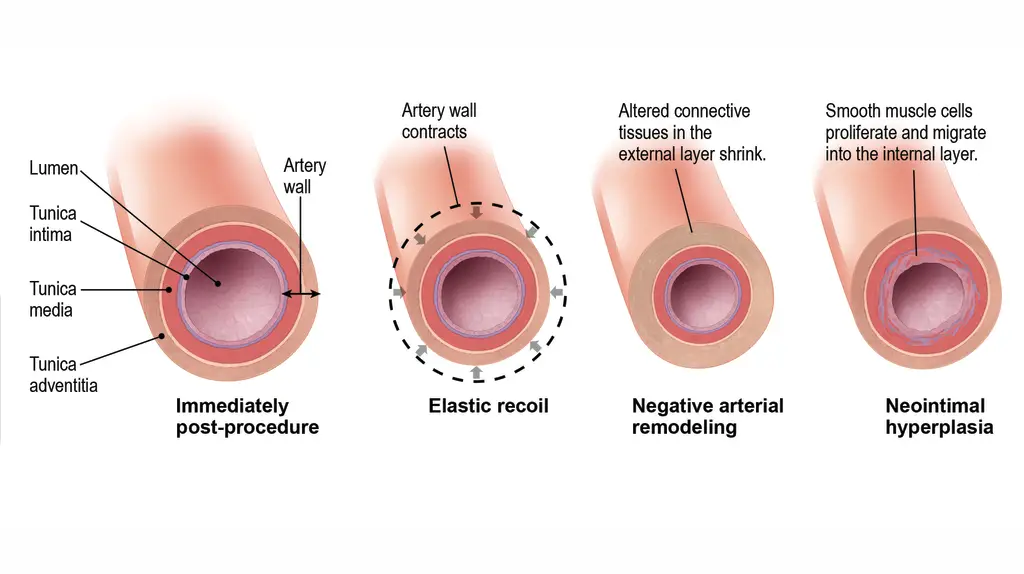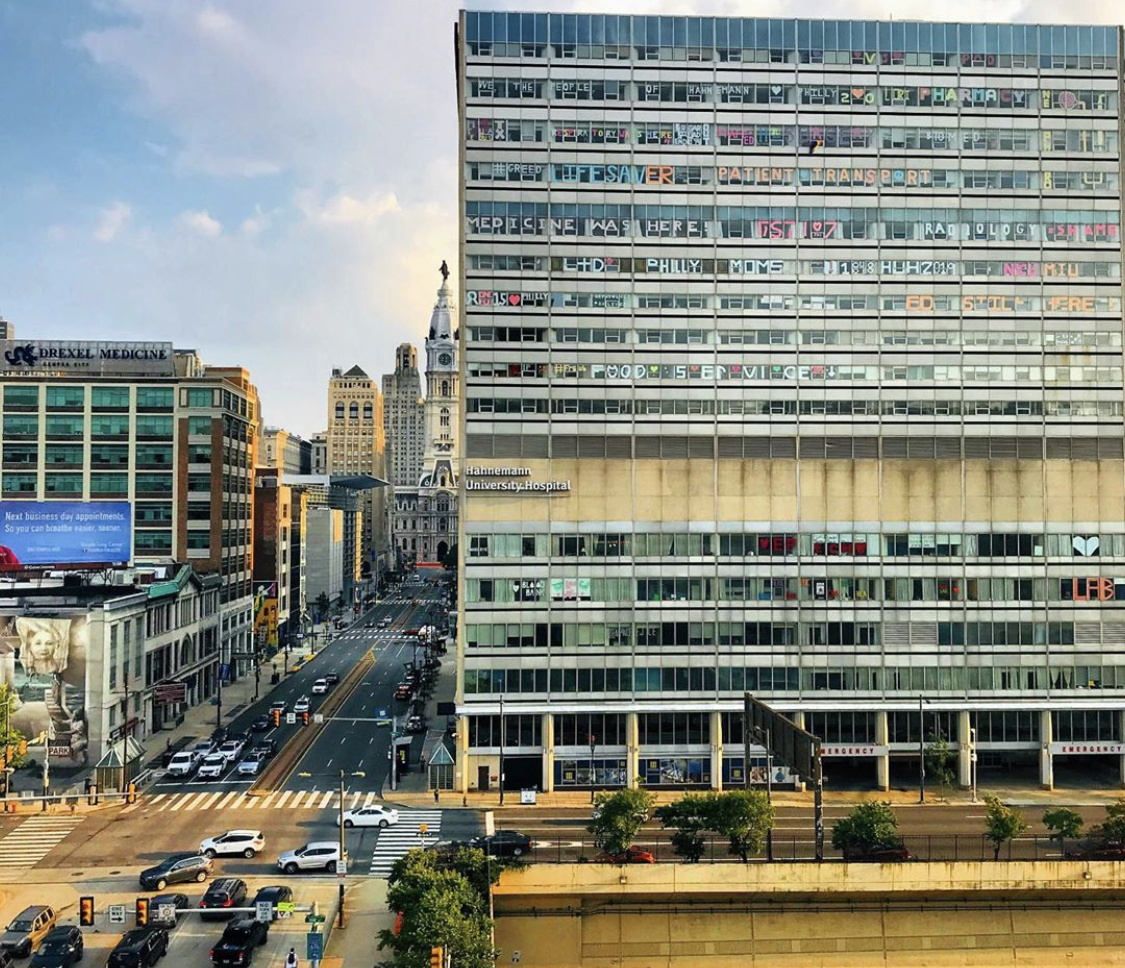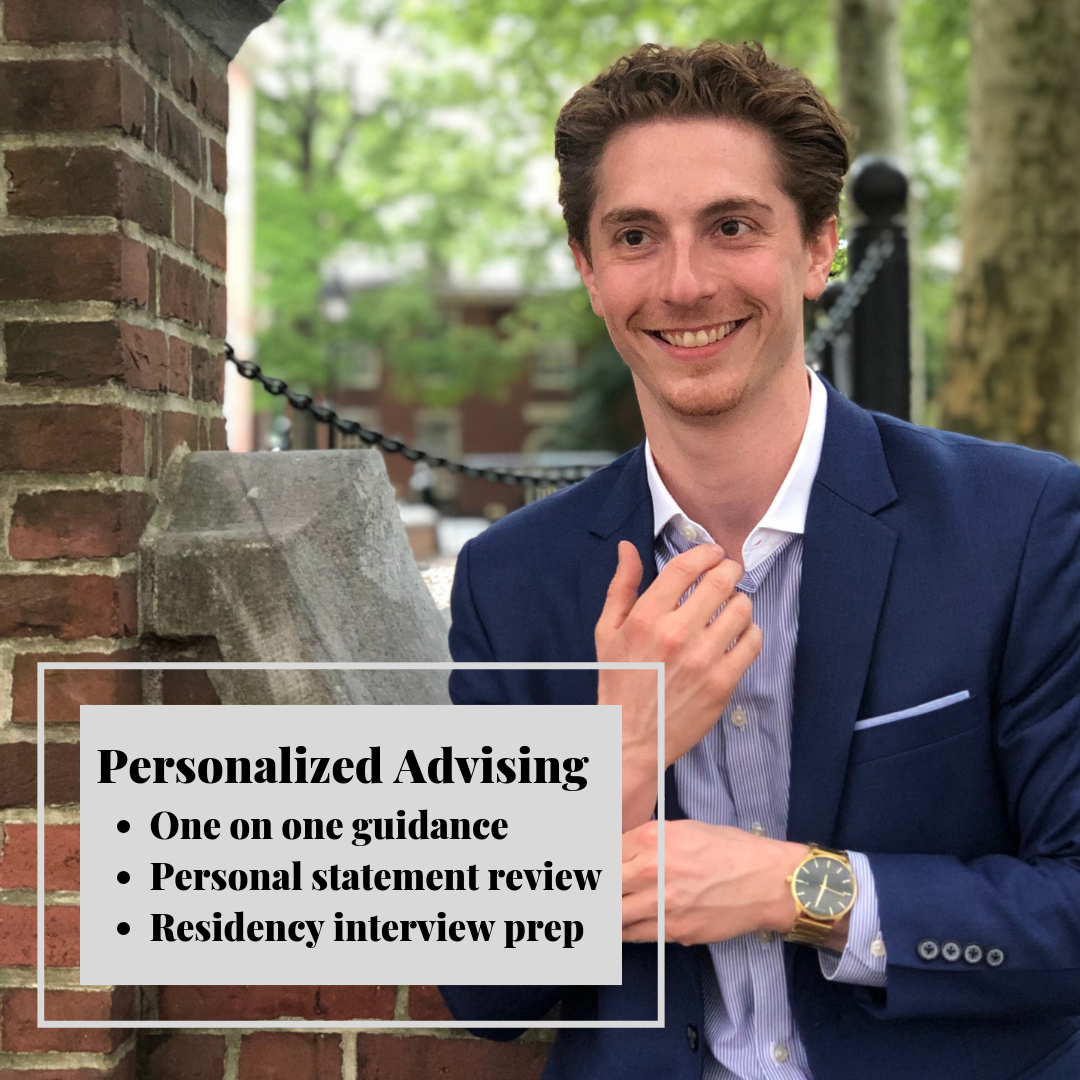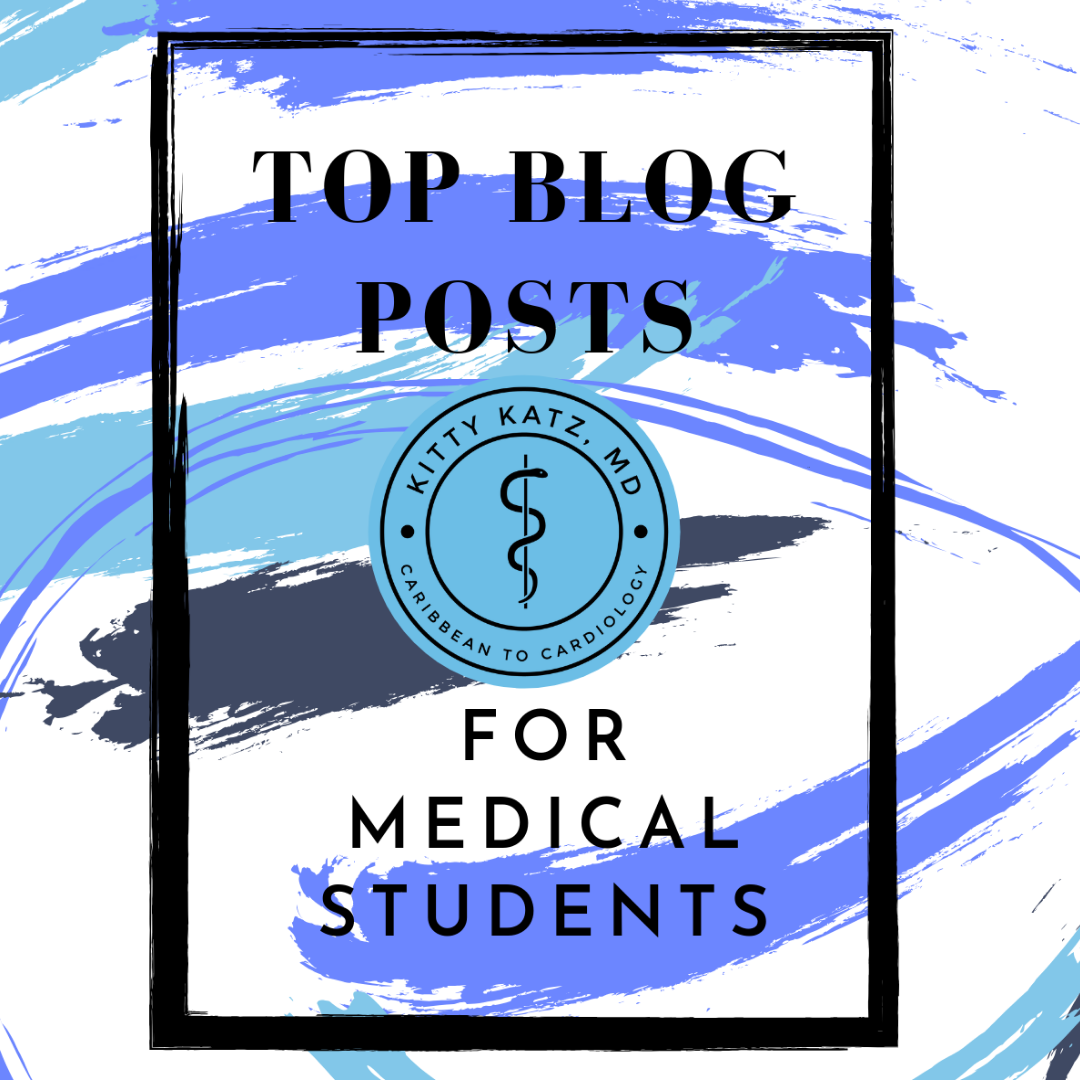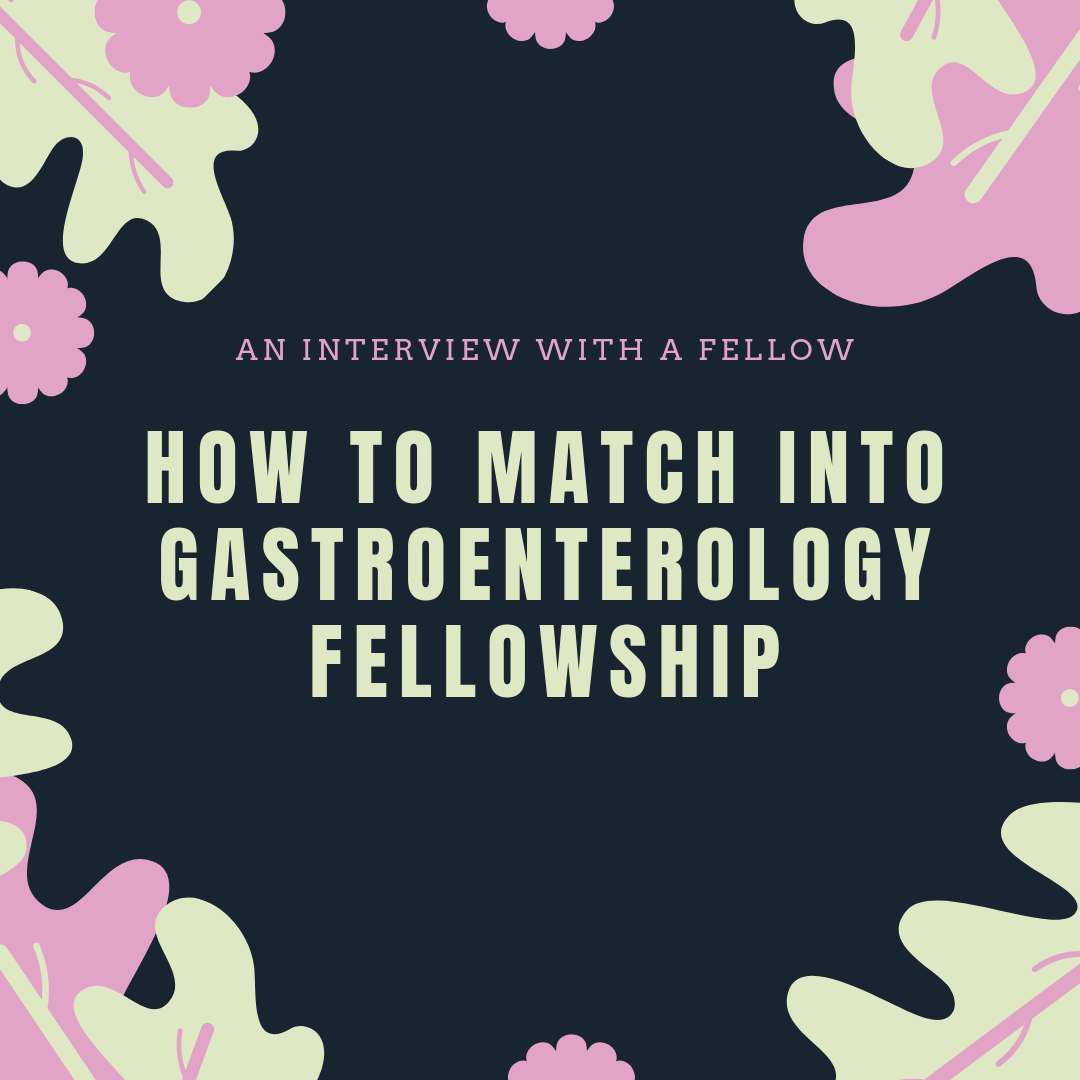I’m excited to share my next interview. Keerthi Shah was a senior resident at my residency program and is now a first year gastroenterology fellow at Hahnemann University Hospital/Drexel University College of Medicine.
Thanks for letting me pick your brain Keerthi. Can you tell my followers a little bit about yourself?
I would love to! I’m a PGY-4 or a first year Gastroenterology (GI) Fellow at Drexel University College of Medicine.
I grew up in Georgia most of my life. I went to Georgia Technology for undergrad and then Philadelphia College of Osteopathic Medicine for medical school (the GA campus). When I’m not practicing medicine I love to dance and travel. I’ve been learning, teaching and performing kuchipudi, an indian artform, since I was 7!
I’ll start off with another softball question and take you back to your residency days. Why did you go into medicine?
I was always pretty sure that I wanted to do medicine and then specialize. Combining patient histories with objective data to figure out the diagnosis was like a puzzle. I liked that kind of challenge. In addition, having such a broad knowledge base prepares you for any future fellowship.
Did you always know that you wanted to go into GI?
No! I was between nephrology and gastroenterology when I started residency. These two fields are worlds apart!
The biggest reason I found my way to GI is the procedures. There is such a satisfying feeling about working with your hands and learning a new technical skill. Even during my time in medicine, I enjoyed placing central lines and performing paracentesis. I knew the learning curve would be very steep, but I was ready for that challenge!
To be extra sure of this path I spent months exploring gastroenterology and hepatology, both inpatient and outpatient. All this time just made me more sure and excited.
GI fellowship is three years. What are the subspecialties in GI and how long are they?
There are 5 main subspecialities in GI: (1) motility and functional GI disease, (2) Inflammatory Bowel Disease, (3) advanced endoscopy, (4) nutrition/obesity and (5) hepatology/transplant hepatology. You can choose to do an extra year or you can attend symposia and workshops to build those skills. You essentially don’t have to do the extra year to be able to practice most of those subspecialities. The only exception is advanced endoscopy and trnsplant hepatology which is 2 years and 1 year respectively.
Do you think you will stay as a general gastroenterologist or do you plan on pursuing a subspecialty?
I’m fortunate to be at a program that exposes fellows to subspecialities. Honestly, I’m just enjoying learning about every area of GI. Motility, nutrition, and IBD are areas of focus that I’ve particularly enjoyed. For right now though, I plan to stay general gastroenterology.
I remember you telling me about a pretty alarming turn of events during interview season that almost left you without a fellowship. What happened and what lesson should fellowship applicants take away from it?
I’ll start out saying I’m an osteopathic physician. When I was applying, I applied to both MD and DO programs. Some of the DO programs are still outside of the match process. I interviewed and got accepted at one program. After a lot of thought, I accepted the position and cancelled the rest of my interviews. A couple days before the match, the program contacted me saying they could no longer give me the position because of internal issues. I scrambled to get interviews back. Luckily everything worked out and I matched at my home program. Needless to say, this was a stressful couple of days! The moral of the story is to not cancel anything till the contract is signed.
Gastroenterology is one of the most competitive internal medicine fellowships. What are the most important aspects of a GI fellowship application?
Great letters of recommendation, which stems from good mentorship, are the most important part of your fellowship application. Take the time to get to know the GI attendings at your home program. Work in the inpatient and outpatient clinics.. Get letters from these physicians! Their names are known in the GI community and getting a great recommendation will go a long way.
Research is a must for competitive fellowships like gastroenterology; however quality is valued over quantity. Programs like to see that you took a project to completion from conception to poster/oral presentations and eventually to publication.
Lastly, work hard! People will notice your hustle and that will make your LOR’s even better.
What research did you do during residency?
My first project was assessing quality of life (QOL) in transplant recipients and the use of group experiences to improve QOL. I was fortunate to be able to present this at an international conference and very recently published in Pediatric Transplantation Journal.
I did mostly hepatology research because my first mentor at Drexel was Dr. Santiago Munoz. The two notable projects were addressing etiology and prevention of hyponatremia in cirrhosis at an inner city hospital and expanding inclusion criteria for Obeticholic Acid in Primary Biliary Cirrhosis. Both projects were presented at GI conferences.
From there I expanded to gastroenterology. I worked with our Motility focused attending on evaluating Dysynergic Defecation with 3D High Resolution Anorectal Manometry.
Did you do any quality improvement projects?
I did one quality improvement project analyzing and improving night float and nursing communication using cell phones and text paging. The current pager system is such an archaic interface for communication. Our hospital is now transitioning to a phone based night float system.
What general advice do you have for prospective residents who want to pursue gastroenterology?
Spend time getting to know the GI program at your hospital. Work with them inpatient and outpatient. Do research with them.
The hardest part of fellowship is the volume of consults and learning a new technical skill. Hard work and a good attitude will go a long way.
You recently started a blog. Tell me about it. What’s your vision for your blog?
I recently started this blog initially to answer questions from my friends and family. I wanted to be able to provide them with answers that were based on up to date literature.
Our interactions with patients in the clinic are so brief. In 15 minutes, we are expected to take a history, diagnose, and treat. This leaves patients’ with a lot of questions and they seek their answers on social media. I wanted to be a part of the social media dialogue. I also wanted this to be my way of supplementing abbreviated clinic time to explain gastroenterology topics to patients in an effective way.
Where can my followers find you on Instagram? What can the expect to see?
@digestivedoc
In a nutshell, my Instagram is a combination of 3 things: GI, travel and friends/family. When it comes to gastroenterology I hope to perpetuate evidence based information as well as tips and tricks for aspiring GI fellows.
What’s the weirdest question people ask you after they find out you’re a GI fellow?
Honestly nothing weird! People ask me a lot of questions regarding their bowel movements. I think the strangest part of being a fellow is the number of pictures of stool I have on my phone.
How much poop is too much poop?
Well, everyone’s “normal” is different! Too much poop for you might be someone’s normal! The number of times you go isn’t as important as the consistency of your bowel movements. If you’re having 3 or more loose/watery Bristol 5-6 bowel movements, we need to talk!
Why do you get the day after drinking diarrhea?
Acute alcohol consumption inhibits absorption of nutrients and fluids. this stimulates secretion of water and electrolytes. effect of alcohol on CNS increases colonic motility and transit time. This prevents absorption of water in the large intestine. If you are drinking sugary mixed drinks, you might be drinking sugar substitutes, which causes osmotic diarrhea.
A patient recently asked me about constipation. What are some common home remedies patients can try?
Constipation affects so many people and results in many hospital admissions. Some things people can do at home include exercise, fiber supplementation, answer nature’s call, and improve your stooling posture. Osteopathic Manipulative Medicine (OMM) can also be helpful. Check out my blog post for more details!
Thank you so much for sharing some insight into the world of gastroenterology Keerthi. As always be sure to subscribe below so you don’t miss out on the next post!

